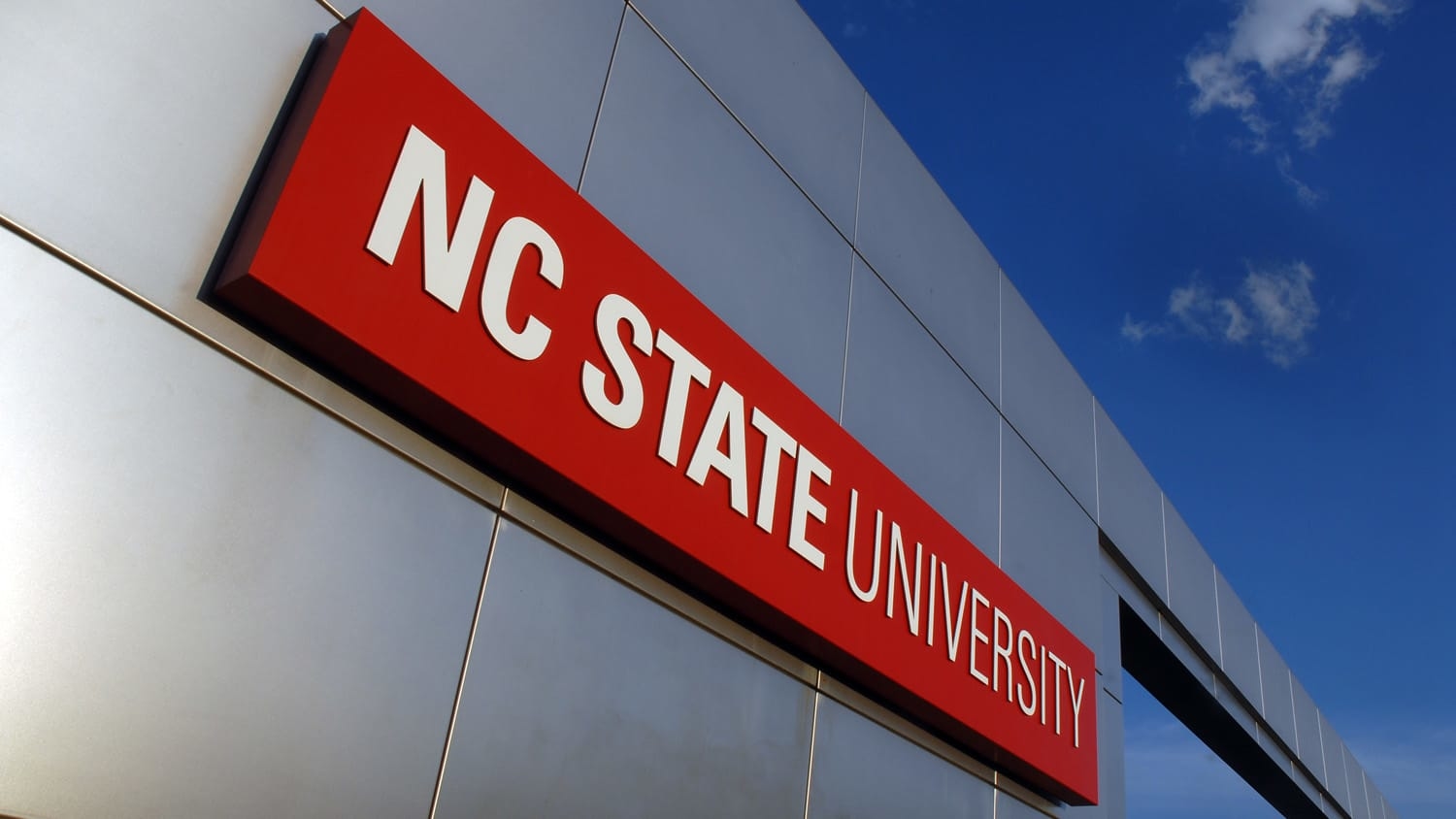Researchers Explore Enzymes That Use a Cation, not Oxygen-Addition, to Drive Reactions

For Immediate Release
Researchers from North Carolina State University and the University of Texas at Austin defined the structure of a substrate-bound iron 2-oxoglutarate (Fe/2OG) enzyme to explore whether these enzymes could be used to create a wide array of molecules. They probed the enzyme’s active site to determine its ability to bind with different substrates. Additionally, rather than oxygen-addition, they saw that Fe/2OG enzymes likely utilize cations – highly reactive species – to drive desaturation during catalysis. The work could lead to the use of Fe/2OG enzymes in making a wide array of valuable molecules.
The Fe/2OG family of enzymes are naturally occurring – they are found in everything from bacteria to plants and animals. As such, these enzymes have the potential to be used as a greener, more efficient platform for creating molecules such as vinyl isonitriles, which have antibiotic properties. However, the pathways by which Fe/2OG enzymes create these molecules are poorly understood.
“The endgame is to understand how the enzymes in this family create particular molecules, so that we can potentially piggyback on a natural process that current chemistry cannot replicate,” says Wei-chen Chang, associate professor of chemistry at North Carolina State University and co-corresponding author of a paper describing the work. “So we looked at a couple of different enzymes within the Fe/2OG family to see how they performed different transformations using the same substrate, or molecule they bind to.”
By focusing on how the enzyme binds to a particular substrate, the researchers can determine which other substrates could be used by the enzyme, a more efficient way to determine potential reactions and products than experimentation.
The research team focused on two Fe/2OG enzymes – PvcB and PlsnB – and compared their structures and the products they made. They identified binding sites on both enzymes, but when it came to exploring how the enzyme performed its transformations, they made a surprising find.
“Normally, the way Fe/2OG enzymes catalyze or create a new product happens like this: the enzyme binds to the substrate, a single oxygen atom from molecular oxygen (O2) is introduced into the substrate, and oxygen-addition drives the reaction,” Chang says. “That process is called hydroxylation.
“But for these enzymes, the transformation or reaction isn’t driven by hydroxylation, but by a reactive cation that triggers the subsequent desaturations, where new bonds are introduced.”
Two Fe/2OG enzymes studied (PIsnB and PvcB) utilized fundamentally distinct desaturation to create different products from the same substrate.
“Now we know how these enzymes catalyze transformations and have found the binding sites, we have a foundation for determining what they can do in terms of reactions,” Chang says. “We can also recommend and predict the best substrates to use to get targeted products.”
The work appears in Nature Communications and was supported by the National Institutes of Health (GM127588, GM104896 and GM125882) and a Goodnight Early Career Innovator award. Yan Zhang, professor of chemistry at the University of Texas at Austin, is co-corresponding author. NC State graduate student Tzu-Yu Chen and UT Austin graduate student Wantae Kim are co-first authors.
-peake-
Note to editors: An abstract follows.
“Elucidation of divergent desaturation pathways in the formation of vinyl isonitrile and isocyanoacrylate”
DOI: 10.1038/s41467-022-32870-4
Authors: Wantae Kim, North Carolina State University; Tzu-Yu Chen, Lide Cha, Grace Zhou, Kristi Xing, Nicholas Koenig Canty, Yan Zhang, University of Texas at Austin; Wei-chen Chang, North Carolina State University
Published: Sept. 12, 2022 in Nature Communications
Abstract:
Two different types of desaturations are employed by iron- and 2-oxoglutarate-dependent (Fe/2OG) enzymes to construct vinyl isonitrile and isocyanoacrylate moieties found in isonitrile-containing natural products. A substrate-bound protein structure reveals a plausible strategy to affect desaturation and hints at substrate promiscuity of these enzymes. Analogs are synthesized and used as mechanistic probes to validate structural observations. Instead of proceeding through hydroxylated intermediate as previously proposed, a plausible carbocation species is utilized to trigger C=C bond installation. These Fe/2OG enzymes can also accommodate analogs with opposite chirality and different functional groups including isonitrile-(D)-tyrosine, N-formyl tyrosine, and phloretic acid, while maintaining the reaction selectivity.
- Categories:


